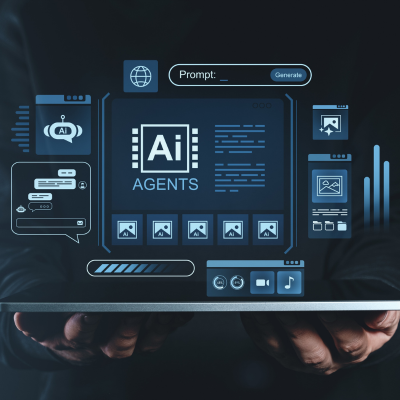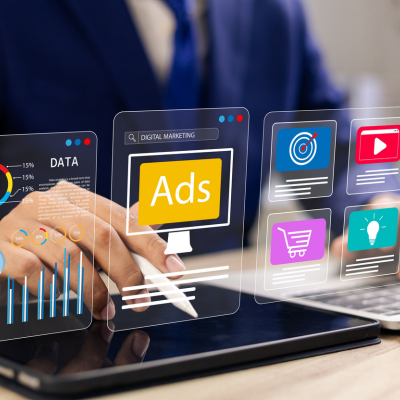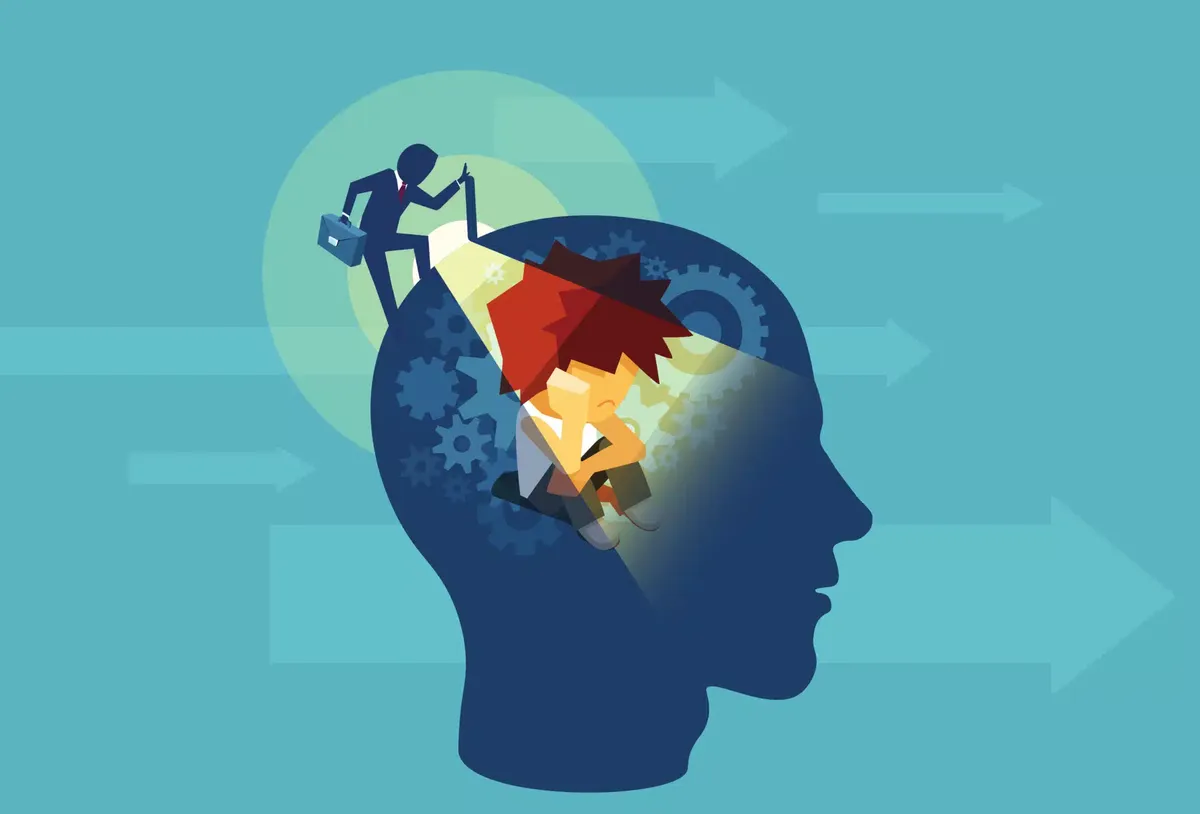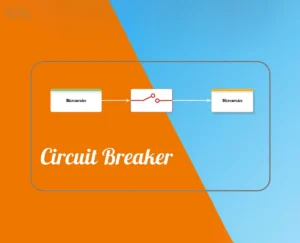In today’s rapidly evolving digital landscape, neuromarketing in digital marketing is revolutionizing how brands understand and influence consumer behavior. By merging neuroscience, psychology, and AI-driven analytics, marketers can now decode the subconscious emotional triggers that shape buying decisions with unprecedented precision. This article explores the evolution, latest tools, and advanced strategies of neuromarketing, enriched with real-world examples and practical insights. It also highlights why Amquest Education’s Digital Marketing and Artificial Intelligence course is an essential choice for marketers aiming to master this transformative field.
The New Frontier: Understanding Consumer Minds Beyond the Surface
Marketing has always aimed to engage human emotions and motivate purchasing. However, in the digital age, the complexity of consumer behavior demands more sophisticated tools. Neuromarketing in digital marketing applies brain science techniques and AI-powered insights to tap into subconscious responses, going far beyond surveys or focus groups. This approach uncovers decision-making patterns and subconscious influences that traditional methods often miss. Technologies like EEG, eye-tracking, and machine learning now allow marketers to measure emotional engagement and attention in real time, enabling campaign optimization with surgical precision. This scientific approach is reshaping brand-consumer interactions, making neuromarketing an indispensable skill for modern marketers.
Evolution of Neuromarketing and Consumer Psychology
Neuromarketing emerged from the fusion of neuroscience and marketing psychology, focusing on how the brain reacts to marketing stimuli. Traditional research relied heavily on what consumers say they feel, but neuromarketing reveals what they actually process subconsciously. Early tools included:
- Functional MRI (fMRI) to observe brain activity
- Electroencephalography (EEG) to track electrical impulses
- Eye-tracking to measure visual attention
As digital marketing grew, vast user interaction data became available. Integrating AI and big data analytics now enables brands to predict emotional responses and tailor marketing strategies with greater accuracy.
Cutting-Edge Features and Tools in Neuromarketing
| Feature/Tool | Description | Benefit for Marketers |
|---|---|---|
| AI-Powered Analytics | Machine learning algorithms analyze behavioral data to predict emotional triggers | Enables hyper-personalized campaigns and real-time optimization |
| Biometric Feedback | Wearables and sensors track physiological responses like heart rate and skin conductance | Measures genuine emotional reactions beyond self-reporting |
| Eye-Tracking Software | Monitors where and how long users focus on digital content | Optimizes ad and UX design for maximum attention |
| Implicit Association Tests (IAT) | Reveals subconscious brand associations and biases | Crafts messaging aligned with deep consumer values |
| Predictive Behavioral Targeting | Uses past behavior and emotional data to forecast buying decisions | Increases conversion rates by focusing on intent signals |
These tools empower marketers to craft campaigns that resonate psychologically, enhancing customer engagement and reducing wasted spend by targeting strategies that work.
Advanced Neuromarketing Tactics for Digital Success
- Leverage Emotional Triggers: Use biometric and AI data to identify key emotions like trust, excitement, or fear that drive purchases. Tailor messaging to evoke these feelings authentically.
- Optimize User Experience (UX): Apply neuroscience insights to design intuitive, emotionally engaging digital interfaces that keep users longer.
- Deeply Personalize Content: Move beyond demographics to psychographic and emotional segmentation, delivering content that connects with subconscious preferences.
- Test and Refine Continuously: Use EEG and eye-tracking feedback to iteratively improve ads and landing pages for maximum impact.
- Integrate Storytelling: Combine neuromarketing with compelling narratives to build emotional connections and brand loyalty.
These tactics ensure marketing strategies attract attention and forge lasting consumer relationships by aligning with subconscious motivations.
The Power of Storytelling and Community Building
Neuromarketing shows that storytelling activates multiple brain regions simultaneously, making stories far more memorable than facts alone. Brands that harness storytelling create emotional experiences fostering belonging and trust. In today’s digital world, community-building through social media and user-generated content amplifies this effect by involving consumers directly in the brand narrative. Understanding brain science in marketing allows marketers to craft stories that resonate on emotional and cognitive levels, driving stronger engagement and advocacy.
Measuring Neuromarketing Success: Analytics and Insights
Neuromarketing’s data-driven approach requires rigorous measurement to demonstrate ROI. Key metrics include:
- Emotional engagement scores from biometric or EEG data
- Attention and recall rates from eye-tracking studies
- Conversion rates linked to personalized campaign elements
- Reduced marketing waste by focusing on high-impact tactics
AI-powered dashboards enable marketers to monitor these KPIs in real time, facilitating agile adjustments that maximize campaign effectiveness.
Ethical Considerations in Neuromarketing
While neuromarketing offers powerful insights, ethical use is paramount. Marketers must ensure transparency, obtain consumer consent when collecting biometric or neural data, and avoid manipulative tactics that exploit subconscious vulnerabilities. Respecting privacy and promoting responsible marketing practices build trust and long-term brand value.
Business Case Study: Coca-Cola’s Neuromarketing Journey
Brand Challenge: Coca-Cola sought to stay relevant with younger, digitally savvy consumers while maintaining its classic emotional appeal.
Neuromarketing Tactics:
- Used fMRI and EEG studies to gauge emotional responses to new ads
- Employed eye-tracking to optimize digital visuals
- Applied AI-driven predictive analytics for real-time personalized ads
- Crafted storytelling that evoked nostalgia and happiness
Results:
- 15% increase in ad recall
- 20% uplift in digital engagement
- Significant improvement in global brand sentiment
This case exemplifies how blending neuroscience and AI-driven marketing creates powerful consumer experiences that translate into measurable growth.
Why Choose Amquest’s Digital Marketing and Artificial Intelligence Course?
For marketers ready to excel in neuromarketing in digital marketing, Amquest offers a uniquely integrated learning experience:
- AI-Led Modules: Learn to harness machine learning alongside neuromarketing principles for actionable consumer insights.
- Hands-On Projects: Apply concepts through real-world case studies and practical assignments.
- Valuable Internships: Benefit from Amquest Mumbai’s strong industry connections for professional experience.
- Expert Faculty: Gain insights from seasoned marketers and consumer psychology specialists.
- Flexible Learning: Access courses both in Mumbai and online nationally.
- Proven Placement: Graduates report strong career outcomes due to the course’s industry relevance.
This program stands out by combining neuroscience, AI, and digital marketing with career-focused support, preparing marketers for future challenges.
Actionable Tips for Marketers Applying Neuromarketing
- Map your customer’s emotional journey using biometric and behavioral data.
- Segment audiences by subconscious preferences using AI analytics.
- Design digital experiences prioritizing emotional engagement and intuitive navigation.
- Test creatives with EEG or eye-tracking before scaling campaigns.
- Incorporate storytelling that activates multiple cognitive and emotional pathways.
- Continuously measure and adjust tactics based on real-time neuromarketing insights.
Frequently Asked Questions (FAQs)
1. What is neuromarketing in digital marketing?
It combines neuroscience and AI to analyze consumer brain responses and emotional triggers, helping brands optimize campaigns for better engagement and buying decisions.
2. How does consumer psychology impact marketing strategies?
It reveals how emotions and subconscious factors influence buying decisions, enabling marketers to tailor content that resonates deeply.
3. What role do emotional triggers play in buying decisions?
They activate brain areas linked to memory and motivation, making consumers more likely to engage with brands that connect emotionally.
4. How can AI improve neuromarketing efforts?
AI processes large behavioral datasets to predict preferences and personalize marketing content in real time, enhancing effectiveness.
5. What tools measure digital behavior in neuromarketing?
Common tools include EEG, eye-tracking, biometric sensors, and machine learning for predictive analytics.
6. How do marketers measure neuromarketing success?
By tracking emotional engagement, attention, conversion rates, and marketing spend efficiency through AI dashboards.










